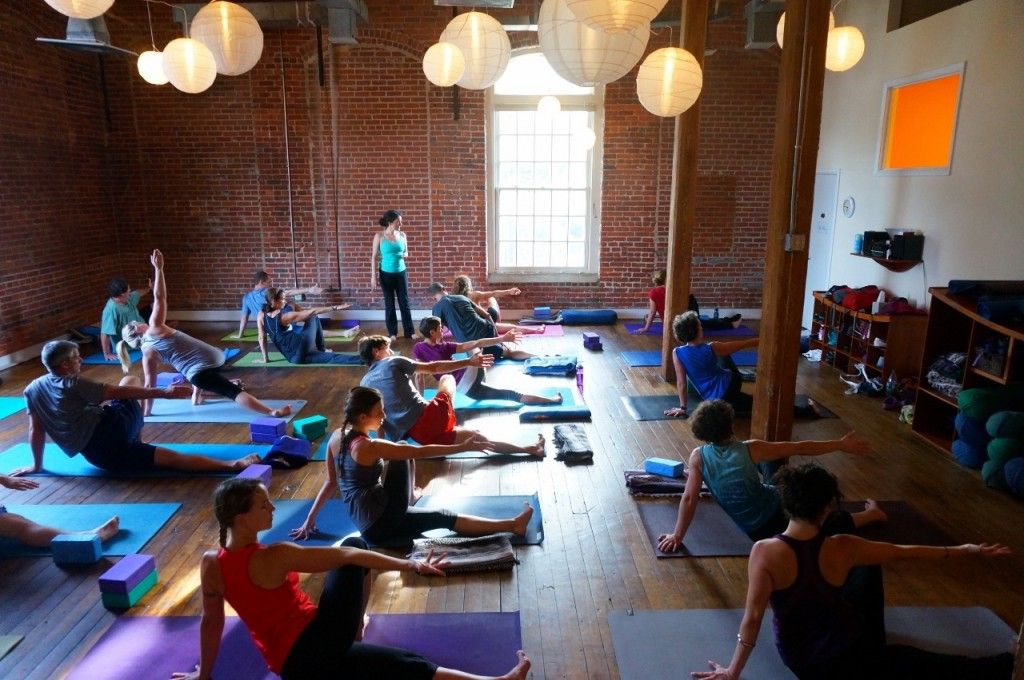
Yoga and Athletics Interview : Sage Rountree
Yoga and Athletics Interview : Sage Rountree
We have a special guest interviewee for this week’s interview which is focused mainly on yoga and athletics. This is the final week of our 8 week yoga interview questions and answers series. For each of the past 8 weeks, we’ve presented interviews of 8 influential yoga bloggers. We’ve asked 8 engaging questions and released an interview every Saturday at 8am US EST.
For this week’s interview, we’re both fortunate and delighted to present Sage Rountree from sagerountree.com. Yoga’s explosion in the West within the last fifteen years can be much attributed to Sage and leaders like her. It was Sage who has succeeded in breaking down barriers and stereotypes about yoga. Not too long ago yoga was perceived as taboo in the West — especially for men. Fast forward fifteen years to last week when Sage was teaching yoga to the University of North Carolina Men’s Basketball team. Times have certainly changed and the connection between yoga and peak athletic performance is now a widely accepted scientific fact.
We’re very fortunate to have the opportunity to feature Sage on Lucid Practice. In an indirect way, I suspect it was Sage’s books, articles, and views that somehow led Brian and I into a yoga studio for the first time in 2008. We are all connected indeed.
Enjoy the interview and leave a comment or question for Sage in the comments section. And in case you’re wondering, Sage Rountree is indeed her real name!
1) When and why did you start practicing yoga?
I was turned off by the first few classes I attended—they were both intimidating and humbling, and it was only in my first pregnancy, when I enjoyed the sweetness of prenatal classes and the community of the other students, that I started to enjoy the practice. As I was training for a marathon when my elder daughter was a baby, I found a class to attend regularly, and I realized in the race that the benefits of my practice went far beyond the physical. Thanks to what I learned in yoga, I was able to stay focused, breathe fully, and finish with a smile in a time faster than I’d dreamed.
2) As former college football players, we’re advocates of yoga’s physical and mental benefits for athletes. Can you touch on on a few of these benefits?
Yoga builds strength, flexibility, and focus—both physically and mentally. It also fosters balance, not just of the body in space but in the spaces within the body: the front and the back, the left and the right, the top and the bottom. Better yet, yoga encourages athletes, especially team-sports athletes who have a rigorously scheduled practice calendar, to find balance between work and rest. It gives athletes time and space to settle in to simply being, and thus jumpstarts recovery. (I wrote a whole book on this balance between work and rest, The Athlete’s Guide to Recovery. I call it my guide to how not to work out.)
3) You’ve worked with collegiate athletes, Olympians, NBA and NFL players. Can you highlight an individual experience where you felt you made a real connection and had a profound impact?
Just last week, I was called in to teach the UNC men’s basketball team. At the time, they were in the midst of a ten- (now twelve-) game winning streak, and many of these games had been played in a very short period of time. My visit was intended as a special treat for the weary players, and their delight at walking in to what they thought would be another hour of practice and drills was completely gratifying. Nothing is more critical to performance than being able to center and relax, and without a quieter yoga practice and time to absorb all the work of training, it’s hard to continue to play at your best. After a hard stretch of pushing themselves to the edge of their abilities, these guys did a great job of relaxing—of playing the other, softer edge (the edge of consciousness).
4) What are two or three asanas that you think greatly impact athletes? (i.e. what asanas are good for explosion & being a dynamic athlete?)
Some of the more glamorous transitions—jumping back, jumping forward, and jump switches—can help build strength plyometrically, but most serious athletes are best served doing this in more sport-specific ways. The perhaps boring but true answer is that Tadasana (Mountain Pose) is the base for everything else. Learning that well, finding good balance front to back, left to right, and top to bottom, is critical. To increase the challenge, change Tadasana’s relationship to gravity: make it Plank, make it Handstand, bend it at the hips and make it Downward-Facing Dog. Better yet, turn that dog upside down and make it Legs Up the Wall, for recovery!
For any athlete who runs, which is most of us, having a good balance between strength and flexibility in a split-leg stance is important, thus Anjaneyasana (Crescent Lunge) is useful. Any pose that challenges us to pay attention and challenge our perceived limits—repeating a pose one more time, holding a stretch, or letting go even more—is going to make us better athletes.
5) On the surface it might seem that yoga (noncompetitive) and high level athletics (ultra competitive) are worlds apart. You are both an athlete/coach of competitive sports but you’re also a yoga teacher. How do you approach this apparent dichotomy?
Competition comes from the Latin for “striving together.” Sports challenge us to do our best, regardless of the outcome. This is what yoga teaches, too: practicing effort with nonattachment to results. Here’s one of my more popular posts for my Yoga Journal blog, Active Yogi, on competition.
6) We’re attuned to the fact that yoga is an effective proactive tool in preventing injuries. In your experience, how beneficial is yoga in helping athletes heal and recover from injury?
As a teacher, I try to be clear that while yoga is good for rehabilitation (find a teacher with a physical therapy background!), it’s far better for injury prevention. Sports injuries come from imbalance. Acute injury stems from a loss of balance in space; overuse injury comes from an imbalance in the body; and burnout—mental injury—comes from an imbalance between work and rest. Yoga practice helps us find and maintain balance on all fronts.
7) What yoga or wellness books have had the biggest impact on you?
On yoga, Erich Schiffmann’s Yoga: The Spirit and Practice of Moving into Stillness; T. K. V. Desikachar’s Heart of Yoga; and Leslie Kaminoff and Amy Matthews’s Yoga Anatomy. Most folks buy that latter book for the insightful art, but the opening section on cells, the breath, and the spine is priceless.
Jean Couch’s The Runner’s Yoga Book is a classic in the yoga-for-athletes field; without it and Jean’s work, I wouldn’t have written my books, including The Athlete’s Guide to Yoga and The Runner’s Guide to Yoga.
On wellness, I love the work of my friend Matt Fitzgerald, especially his Brain Training for Runners. Matt synthesizes recent research on the brain to explain how we limit ourselves and how we can move beyond false limits. It’s fascinating.
Bonus Question) What style of yoga do you practice & why?
I combine a range of disciplines, depending where I am in my training cycle. In the off-season and base, there’s more power yoga; as I approach a race, more yin yoga. Throughout, I make a point of complementing my yoga practice with Pilates (though you wouldn’t know it from my gracelessness in many Pilates exercises). The attention to core and glutes has removed a lot of niggling foot pain.
And trail running is the best yoga practice I know. It makes me pay attention—to my footsteps, to my companions, to nature. I go to the forest every day.
8) Many of our readers are just beginning to practice/study yoga. What advice do you have for beginners?
If your first class, or first few classes, aren’t great for you, keep looking. Just like there are different models of running shoes that suit different runner’s needs, there are different teachers and styles. Keep trying until you find one that fits well—it’s out there, and it will make all the difference.
About Sage:
Sage Rountree is Yoga Journal’s Active Yogi blogger and author of several books including The Athlete’s Guide to Yoga and Racing Wisely. With over a decade’s experience teaching yoga, Sage is an Experienced Registered Yoga Teacher at the highest level (E-RYT 500) with the Yoga Alliance and sits on the faculty at the Kripalu Center for Yoga and Health. Her nationwide workshops include weekends on yoga for athletes; trainings for yoga teachers on working with athletes; and running and yoga retreats. Her students include casual athletes, Olympians, NBA and NFL players, and many University of North Carolina athletes and coaches. Sage competes in running races from the 400m to the ultramarathon and triathlons from the super sprint to the Ironman. She holds coaching certifications from USA Triathlon and the Road Runners Club of America, and she writes for publications including Runner’s World, Yoga Journal, and USA Triathlon Life. She lives with her husband and daughters in Chapel Hill, NC, and co-owns the Carrboro Yoga Company and the Durham Yoga Company. Follow Sage on Twitter and Facebook.
8 weeks, 8 yoga bloggers, 8 questions, posted each Saturday at 8am.
Stay tuned for our next interview series which will likely be with influential travel bloggers. Check out our previous seven interviews with influential yoga bloggers:
- Meredith LeBlanc of The Pondering Yogini
- Tonya of The Yoga Deck and Ultima Healing
- Jen and Liz of The Travel Yogi
- Brandon and Anne of The Yoga Nomads
- Roseanne of It’s All Yoga, Baby
- Maria of Daily Downward Dog
- Adriana of Wouldn’t Stop Picking at It
This concludes our 8 week yoga interview questions and answers series! I’ve learned a lot, made amazing connections with inspiring bloggers/teachers and felt like I became a more accomplished interviewer throughout the last two months. Hope you’ve enjoyed and learned a lot…. I certainly have!
Feel free to leave a comment or question for Sage in the comments section!
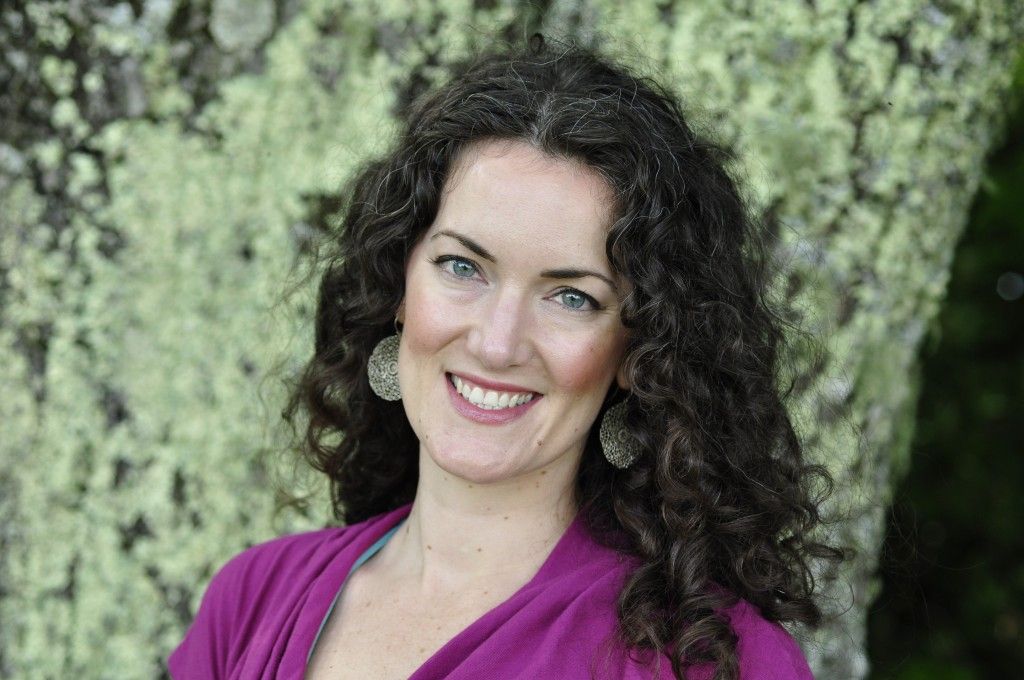
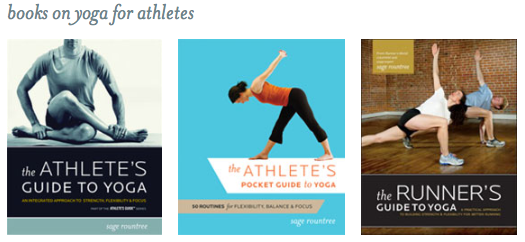

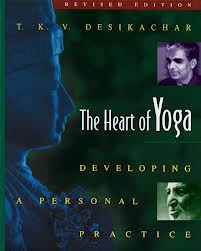
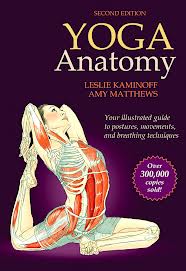
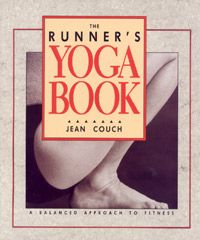
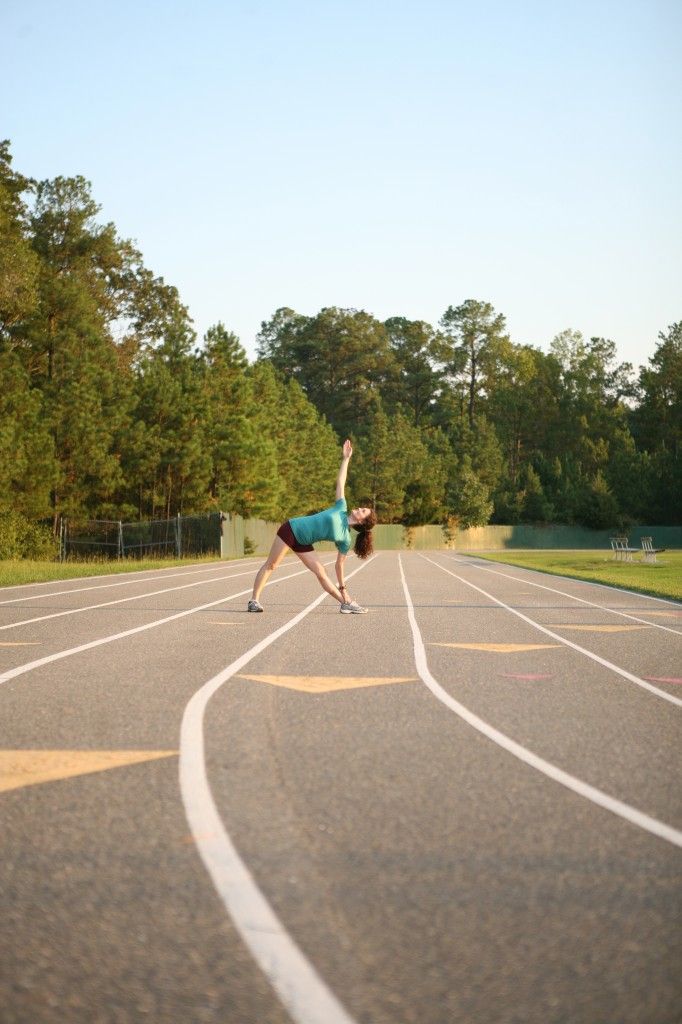
Thanks for the enlightening interview, Sage! We’re ever so grateful for your contributions to yoga in the West!
Great interview, Paz.
Sage – thank you. I’m also a firm believer that yoga and athletics work very well together. Sage, it sounds like most of the UNC basketball players love the opportunity to switch it up and “get on the mat.” What type of response do the athletes give you? Do they enjoy the practice? A lot of the UNC players go on to play professionally — Have you heard from any former players continuing their practice?
At Penn, our football team loved when we had the opportunity to practice asana with a yoga teacher.
I look forward to a time in the very near future where most strength and conditioning programs involve yoga.
Thanks again for the lucid words.
~ Brian
Pingback: What is Sangha? - Lucid Practice
Great site with quality based content. You’ve done a remarkable job in discussing. Check out my website QN7 about Car Purchase and I look forward to seeing more of your great posts.